Headpins play a pivotal role in the creation of various jewelry pieces. These slender pieces of wire, tipped with a stopper at one end, might seem insignificant at first glance. However, their utility in jewelry design and fabrication is immense, enabling the creation of earrings, pendants, charms, and more with ease and precision.
Headpins are metal wires with a head or stop at one end, which prevents beads from slipping off. These components are available in a variety of lengths, gauges (thicknesses), and finishes, including gold-filled, silver, copper, and brass, among others. The choice of headpin depends on the design requirements and the materials being used. For instance, a delicate pearl earring might require a thin, gold headpin for its elegance and strength, while a chunky, bohemian necklace could call for a thicker, copper headpin for its rustic appeal.
Types of Headpins
- Flat Headpins: These have a flat stopper at one end and are ideal for preventing round beads from slipping off. Their simple design makes them a versatile choice for many jewelry projects.
- Ball Headpins: Featuring a decorative ball at the end, these headpins add an extra element of style to the finished jewelry piece. They are particularly popular in earring designs.
- Decorative Headpins: These come with various decorative elements, such as flowers, stars, or even intricate filigree work at the end, offering a unique touch to the jewelry piece.
- Eye Headpins: Instead of a solid stopper, these headpins have a loop at one end, allowing for daisy-chaining components together or creating more complex designs.
How to Use Headpins in Jewelry Making
The primary use of headpins in jewelry making is to create dangles or drops. Here's a basic outline of the process:
1. Stringing Beads: Slide the beads onto the headpin. The head stops the beads from falling off.
2. Creating a Loop: Once the beads are in place, use pliers to bend the wire above the top bead at a 90-degree angle. Then, wrap the wire around a round-nosed plier to form a loop.
3. Securing the Design: The excess wire can be wrapped around the base of the loop to secure the beads in place, creating a wrapped loop, or simply trimmed close to the loop for a simple finish.
What Can You Make with Headpins
The versatility of headpins allows jewelry makers to explore a wide range of creative possibilities:
- Earrings: Perhaps the most common use of headpins is in creating drop or dangle earrings. The simplicity of stringing beads onto a headpin and finishing with a loop makes them ideal for beginners and professionals alike.
- Charms and Pendants: By creating a loop at the top of the headpin, individual beads or clusters of beads can be turned into charms for bracelets or pendants for necklaces.
- Cluster Jewelry: Headpins allow for the creation of cluster effects, where multiple beaded headpins are grouped together on a single piece, creating a lush, decorative look.
Headpins are a foundational element in jewelry making, enabling designers to create intricate and beautiful pieces of jewelry. Whether you are a seasoned jeweler or a hobbyist, understanding and utilizing headpins can elevate your jewelry making projects, unlocking endless possibilities for creativity.



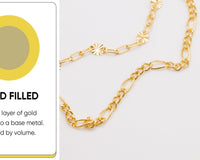


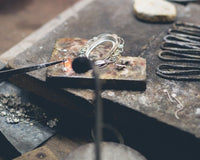







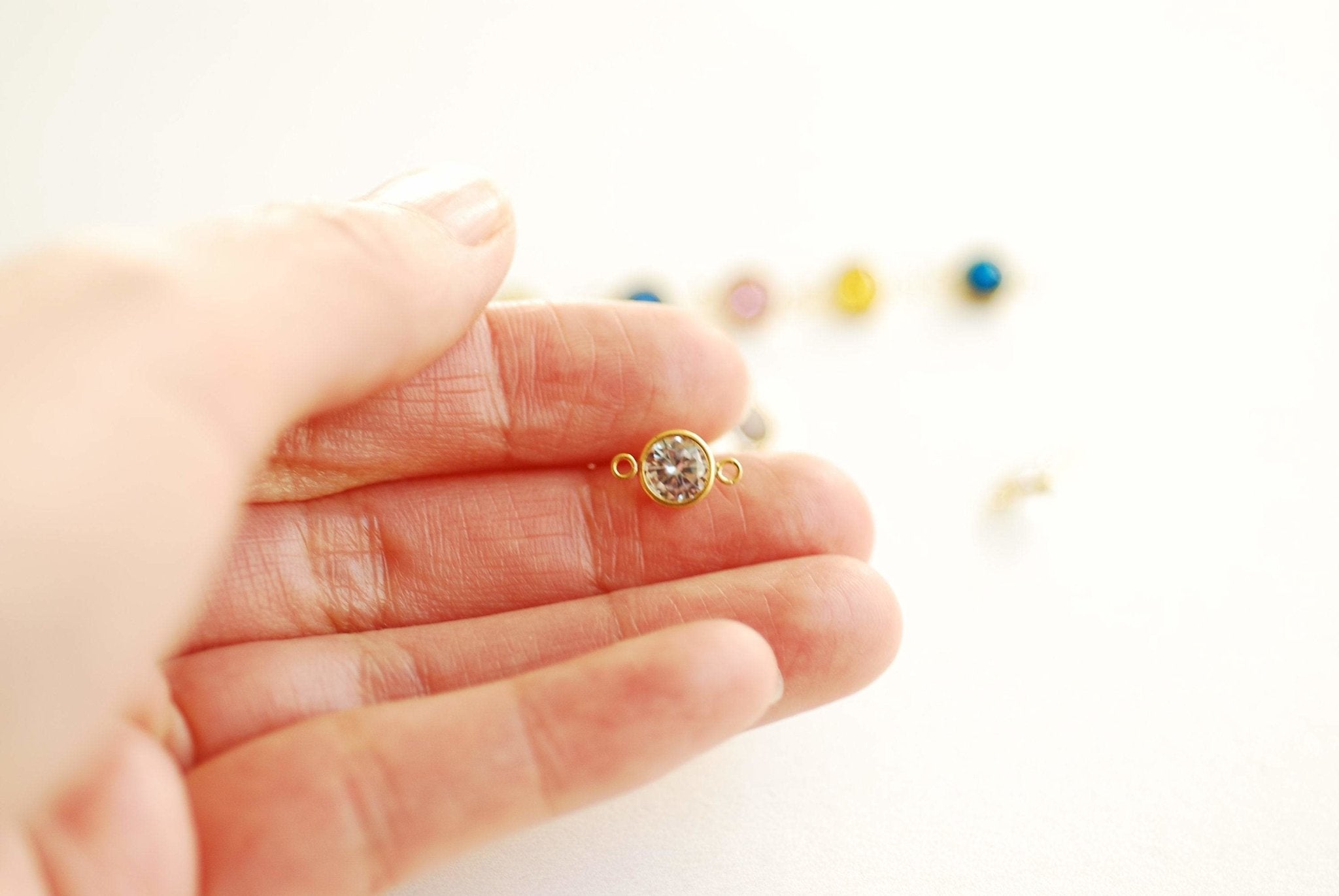


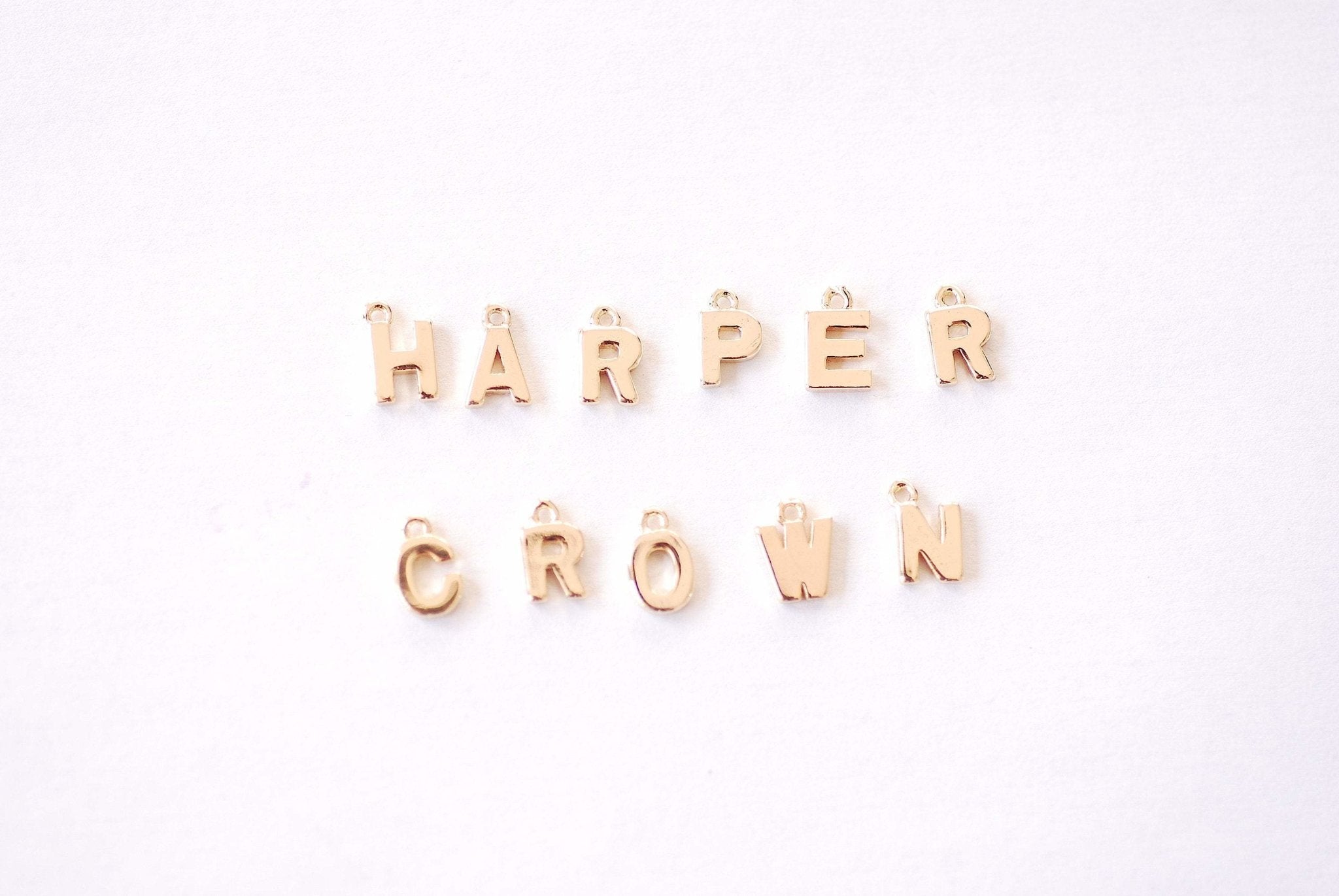


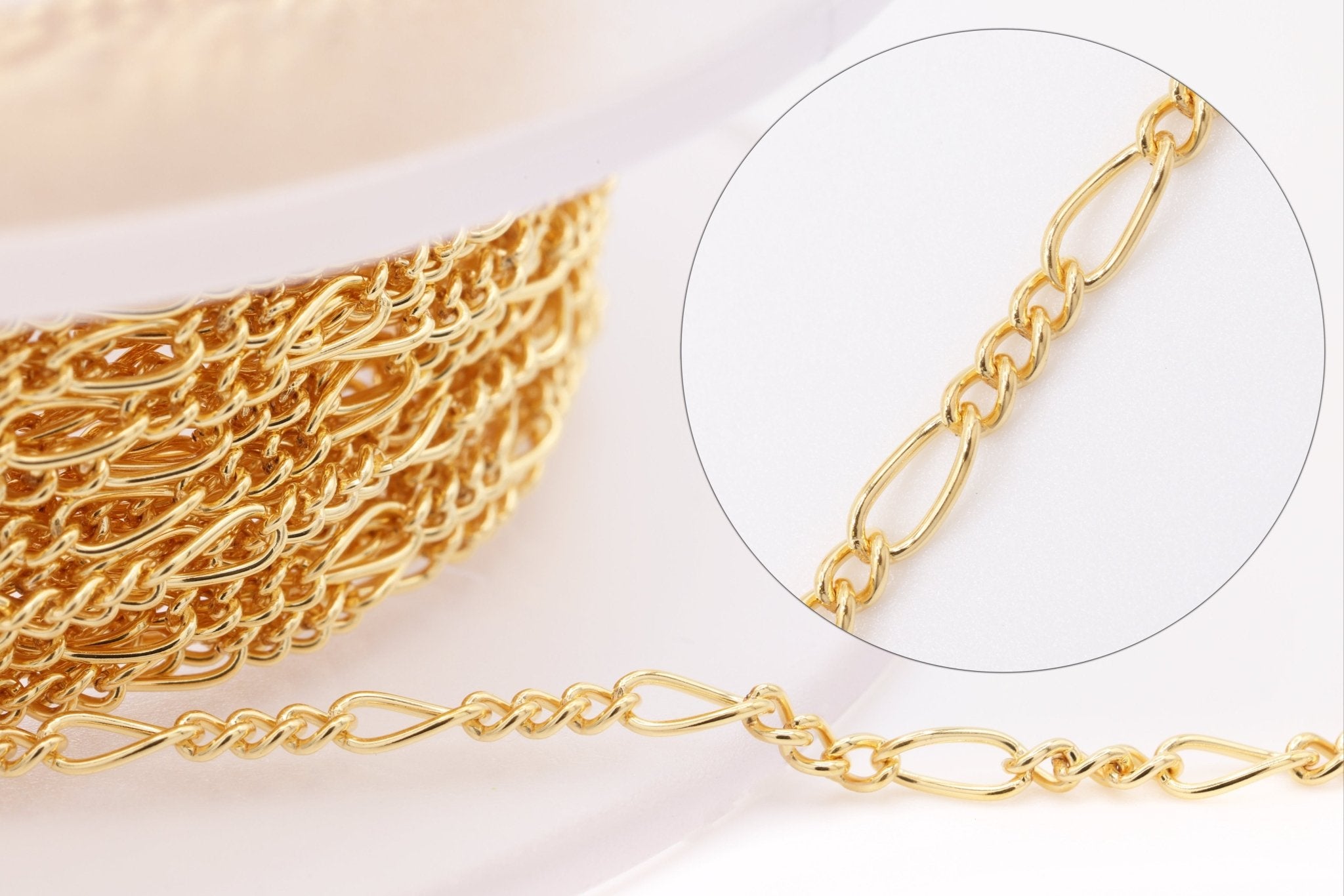


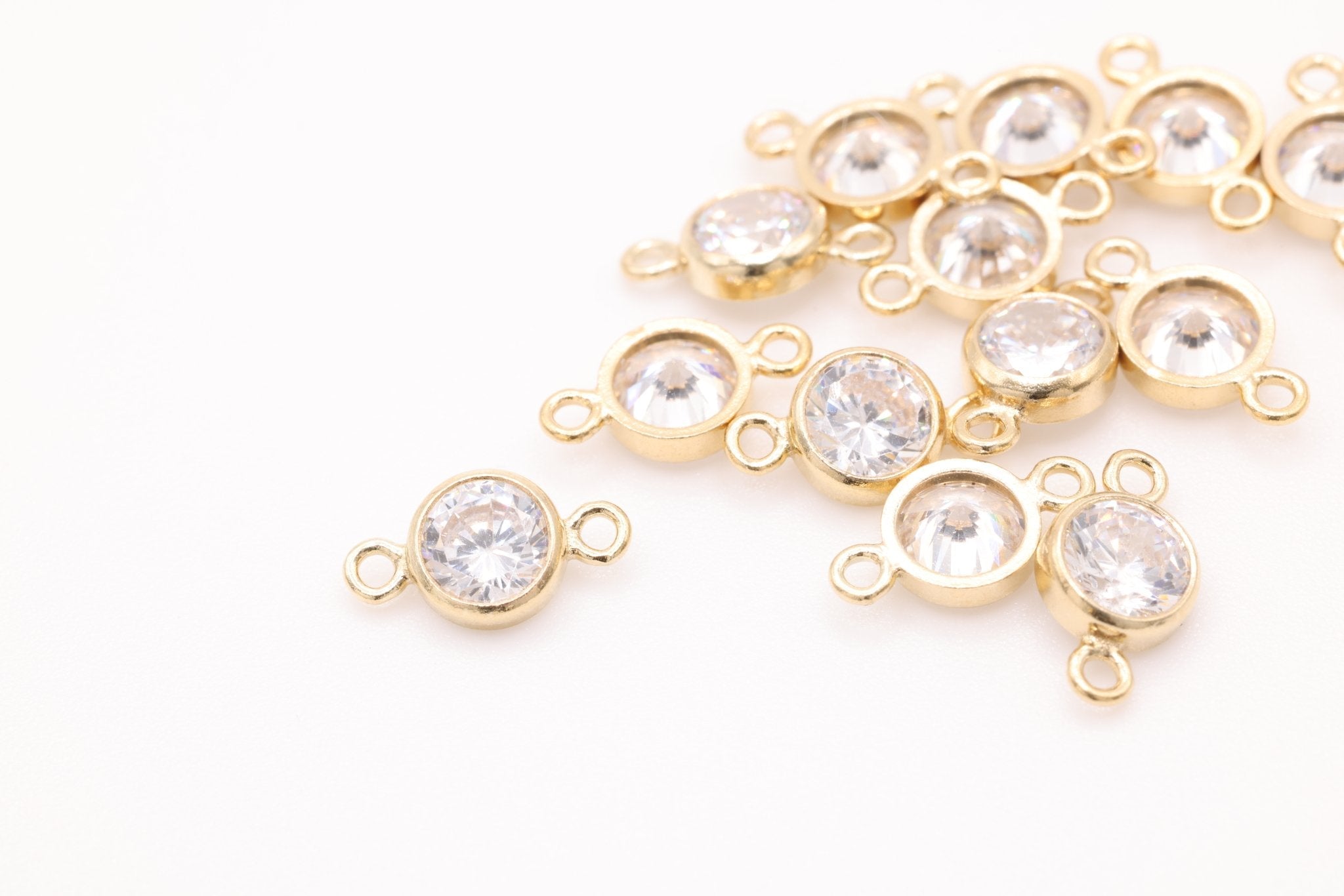
![Gold Filled Beaded Ring, Gold Silver Stacking Ring, Hammered Bead Ring, Gold Dot Ring Midi Ring Gold Filled Flat Beaded Ring Minimalist [30] - HarperCrown](http://www.harpercrown.com/cdn/shop/products/gold-filled-beaded-ring-gold-silver-stacking-ring-hammered-bead-ring-gold-dot-ring-midi-ring-gold-filled-flat-beaded-ring-minimalist-30-568879.jpg?v=1634159908&width=2048)
![Gold Filled Beaded Ring, Gold Silver Stacking Ring, Hammered Bead Ring, Gold Dot Ring Midi Ring Gold Filled Flat Beaded Ring Minimalist [30] - HarperCrown](http://www.harpercrown.com/cdn/shop/products/gold-filled-beaded-ring-gold-silver-stacking-ring-hammered-bead-ring-gold-dot-ring-midi-ring-gold-filled-flat-beaded-ring-minimalist-30-638411.jpg?v=1634159908&width=2048)





